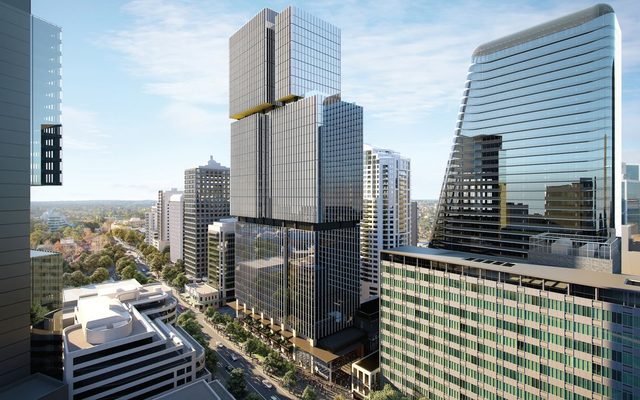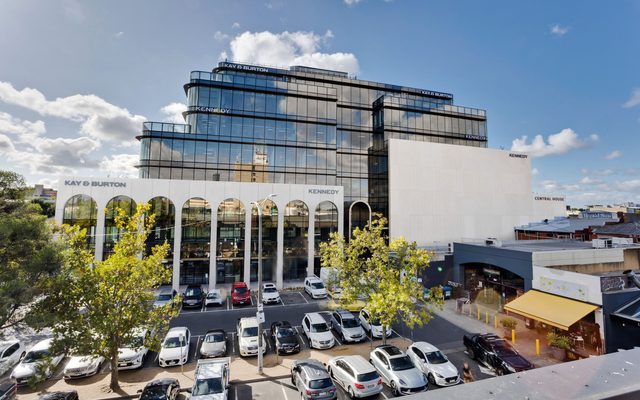This article is from the Australian Property Journal archive
RESIDENTIAL loans roared past $18 billion during the September quarter, according to mortgage broker AFG, hitting all-time high levels for the second consecutive quarter as first home buyers looked to take advantage of government incentives.
More than 35,400 residential loans were lodged in the period, and 23% of all lending applications processed by AFG brokers during the quarter were for those purchasing their first home.
“The surge was largely driven by an uptick in first home buyers as they make the most of federal and state government incentives to support the country’s construction market,” AFG chief executive officer, David Bailey said.
The presence of more first home buyers pushed the national average loan size down from $542,555 at the close of the last quarter to $514,532 and corresponded with a small uptick in LVR.
According to the Australian Bureau of Statistics, home loans jumped by 12.6% in August, buoyed by a record increase in the value of owner occupier commitments to an all-time-high $16.3 billion.
The number of owner occupier first home buyer loan commitments rose 17.7% to 12,302, hitting its highest level since October of 2009. The federal government has announced an additional 10,000 places for its First Home Loan Deposit Scheme, allowing first home buyers purchase a home with a deposit as low as 5%.
According to AFG, total lodgement volumes represented an increase of just over 8% on the previous quarter, and a 16% year on year jump.
Customers with deferral arrangements for principal and interest loans fell to 0.87% from 4.34% as refinancing levels eased.
“Whilst remaining stable, the refinance boom evident in the months during the broader national lockdown now appear to have returned to more traditional levels, whilst upgraders have maintained a strong position in the market,” Bailey said.
“Those who are confident in their own personal financial circumstances during the pandemic are looking for opportunities to move to a larger home.”
Victorian’s resulted in a flat quarter on quarter result, and the Northern Territory recorded a drop, whilst all other states saw figures rise.
When compared to the figures of the corresponding quarter last year, the increases show an alignment to the levels of lockdown in response to COVID-19 that have been experienced in each state. NSW was up 12.5%, Queensland and South Australia were both up 31% and Western Australia was up 38%.
The overall result is in line with that recorded in the June quarter, and ahead of the same quarter last year.
“With record low interests expected to be maintained for an extended period property prices are being supported by a strong underlying demand for residential mortgage finance,” Bailey said.
AFG Home Loans securitized product customers switching from principal and interest to interest only repayment arrangements was 2.22%, down from 4.38% at the end of the previous quarter.
Bailey said that with tight regulations affecting rental markets, the number of people applying for investment loans dropped to its lowest level since December of 2012, to now be sitting at 21% of the market.
Non-majors claw back share
The major lenders’ market share dropped from 66.8% – its highest level since 2017 – down to 58.9% at the close of the September quarter, as the non-major regained market share following six months of competing with cash-back offers and competitive fixed rates from the majors, Bailey said.
Major lenders’ share of refinances dropped from a high of 71.1% to 58.1%.
ANZ record a significant drop in market share, sliding from 25.53% back to 9.67%, while Westpac rose from 10.37% to 16.27% of the majors’ market share.
Non-majors experienced growth across all buyer types, with refinancers and upgraders recording the biggest rises. Market share for those upgrading increased from 34.4% to 41.2%.
Queensland and NSW lead the country for the non-majors, with market share increases in both states increasing by 10% and 8% respectively. Macquarie recorded the largest lift in market share among the non-majors, rising from 6.74% to 10.25%.




